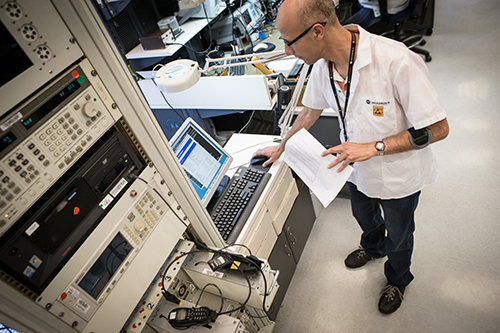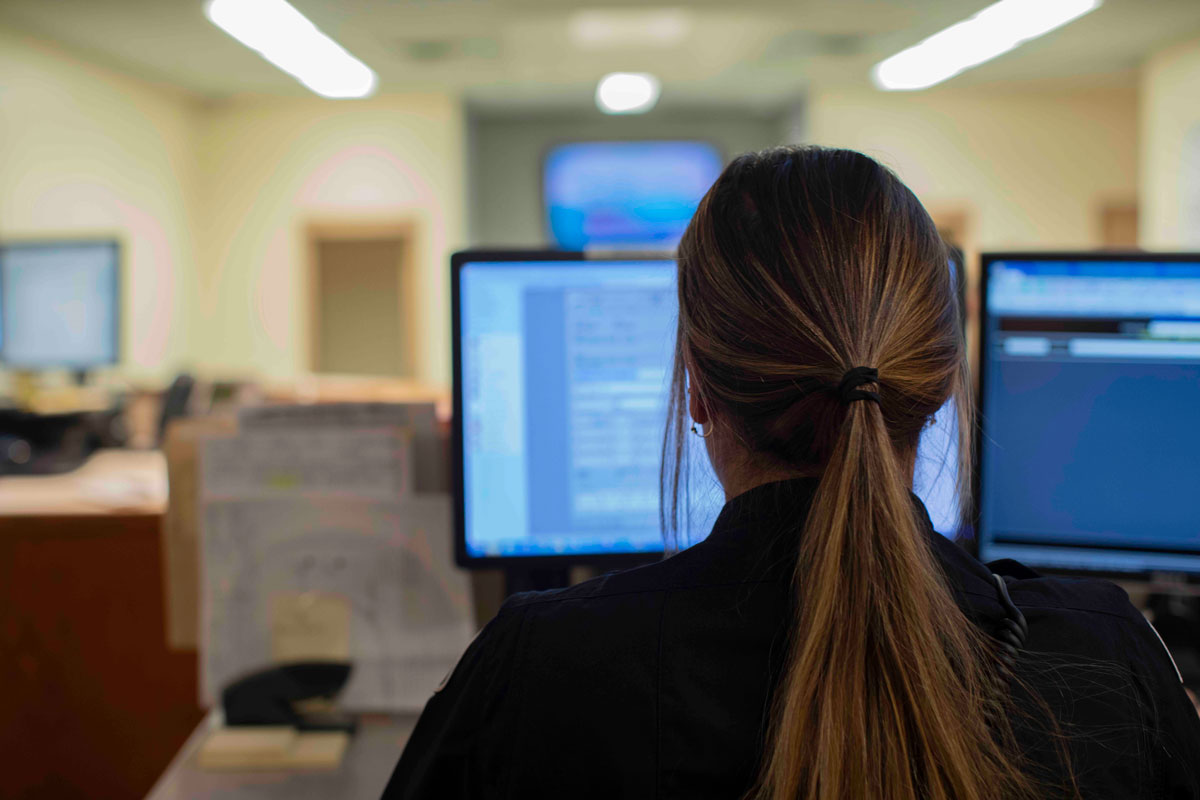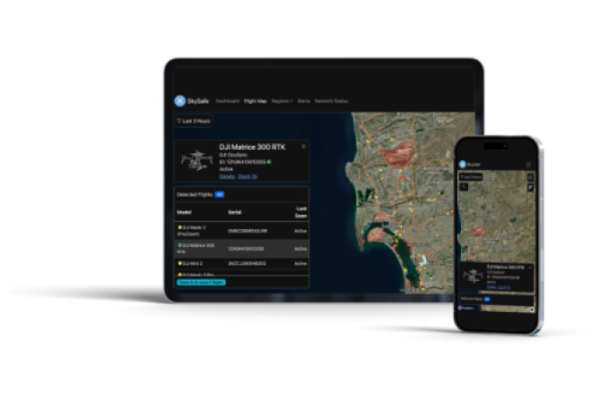Employers have a moral and legal obligation to protect their workforce. This means they must take the necessary steps to safeguard the health, safety and wellbeing of all their employees.
When it comes to the unique risks facing lone workers, an employer’s duty of care becomes more complex. This guide aims to help you create a safer workforce by outlining the key considerations for prioritizing lone worker safety monitoring.
Who is considered a lone worker?
A lone worker is an employee across industries and workforces who completes their role without direct supervision or other individuals present. From hospitality to construction and manufacturing, they often work in remote locations at all hours, and may complete unique or dangerous tasks.
Understanding the risks of lone working
Out of sight from colleagues and the public, a lone worker is immediately more vulnerable than those working with others. They may be exposed to:
- Violence: Unfortunately, the absence of co-workers means lone workers are at greater risk of assault or aggression.
- Stress and health issues: An isolated role can decrease peace of mind and make a long-term impact on mental and physical health.
- Medical emergencies: Without immediate support, workplace hazards and minor accidents can become major emergencies. These are more prevalent in environments that already include tasks of a dangerous nature.
Managing lone worker safety
Currently, the U.S. doesn’t have any specific national laws in place to safeguard lone workers. Rather, the Occupational Safety and Health Administration (OSHA) states that workplaces have a general responsibility to maintain employer safety.
In the absence of prescriptive advice, it is vital that each workplace prioritizes and decrees their own lone worker safety policy. These are not legal requirements but recommended practices, and they should encompass the following measures:
- Risk assessments: Employers should ensure they’ve taken all the necessary steps to reduce employee risk. Steps will vary according to the environment, but they typically include measures such as ensuring the environment is well-lit and well-ventilated, and that there are adequate restrooms. Risks will need to be accounted for and control measures put in place, and all risk assessments should be reviewed regularly.
- Training and supervision: This should be delivered in an accessible format that workers can easily understand. Similarly, your health and safety policy should be clearly visible to employees in the workplace and written in straightforward language.
- Communication: Maintaining regular contact with lone workers helps to promote wellbeing and establishes clear procedures for responding to emergency incidents. Employees should be made aware of how to document and report any unsafe situations they encounter.
Using technology to improve lone worker safety
Failing to adequately protect lone workers not only jeopardizes employee safety, but can also lead to significant fines for employers when serious incidents occur. Fortunately, technology is playing a crucial role in helping employers to better protect their staff.
Amendments to employment laws have been proposed in New York, which include the requirement for retail establishments with 500 or more employees to equip them with panic buttons, allowing the user to summon a 9-1-1-response whilst simultaneously notifying others of an emergency incident. These are already leveraged in several lone working environments.
To stay connected during long periods spent alone, many lone workers also rely on safety devices like their MOTOTRBO™ radios, which have features designed to enhance the safety of lone workers specifically.
- Intelligent audio: Communication is maintained in noisy backgrounds with automatic volume adjustment functions.
- Lone worker feature: Should a lone worker fail to respond to alerts, an emergency response is initiated.
- Voice Activated Communications (VOX): Employees can use their radio hands-free, enabling them to communicate safely while performing tasks that require both hands.
Prepare and protect
For employers, protecting lone workers is an ethical responsibility. By preparing adequate risk assessments, implementing proactive safety measures and equipping staff with suitable technology, they can better protect their workforce.
For assistance in finding the right technology for your employees, visit our two-way radio builder. Input some basic information about your organization and your communication needs, and we’ll recommend a solution from our extensive portfolio.




